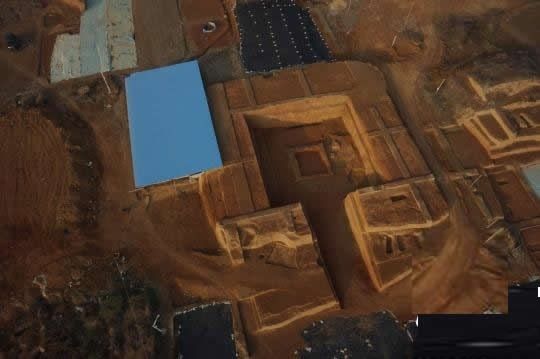Post by UKarchaeology on Nov 24, 2015 1:07:07 GMT

Archaeologists have made significant find in Jiangxi Province in eastern China. An excavation near Nanchang, the provincial capital, uncovered that largest burial ever found in China. Dating back more than 2,000 years to the West Han Dynasty (206 B.C.--25 A.D.), archaeologists found the royal tombs of the Marquis of Haihun State.
Known as the Haihunhou cemetery, it is located less than a mile from Nanchang. It covers some 10 acres of land. Experts found a chariot burial site with walls that extend for almost 3,000 feet. In addition, eight distinct tombs were discovered.
Archeologists believe that the main tomb was the final resting place of Liu He, grandson of Emperor Wu, the greatest ruler of Han Dynasty, which was one of the most prosperous periods in China’s history. Liu was given the title "Haihunhou" (Marquis of Haihun) after he was deposed as emperor after only 27 days, having been cast down by the royal clan because of “his lack of talent and morals,” according to official sources. Haihun is the ancient name of a small kingdom in the north of Jiangxi.
Xu Changqing, director of Jiangxi provincial cultural relics research institute, said on November 5 that burials are the most complete and best preserved Han Dynasty tomb cluster ever discovered. The foundations of the tombs thought to be of Haihunhou and his wife, can be clearly seen, as well as affiliated memorial temples. There are also roads and drainage systems in the cemetery.
The team have found more than 10 metric tons of Wuzhu bronze coins, as well as more than 10,000 other gold, bronze and iron items. They brought to light jade objects, as well as wooden tablets and bamboo artifacts, said team leader Xin Lixiang of the China National Museum, according to a statement.
Full story: learning.sohu.com/20151123/n427666088.shtml
